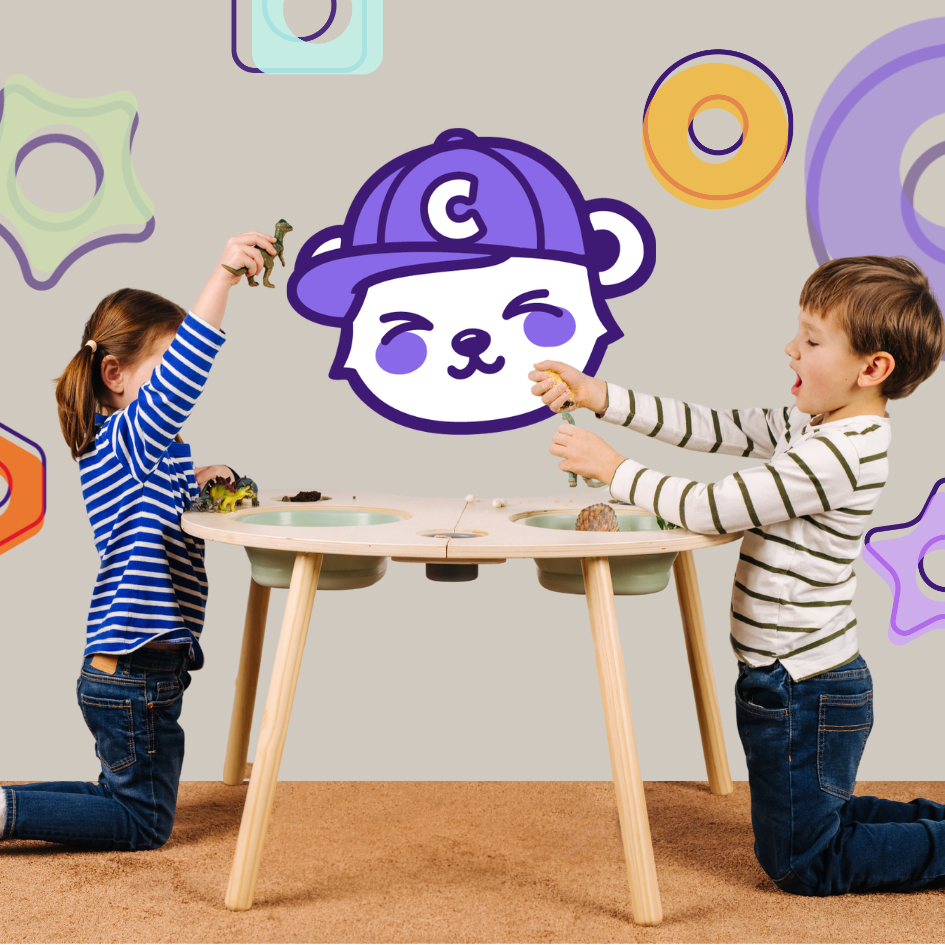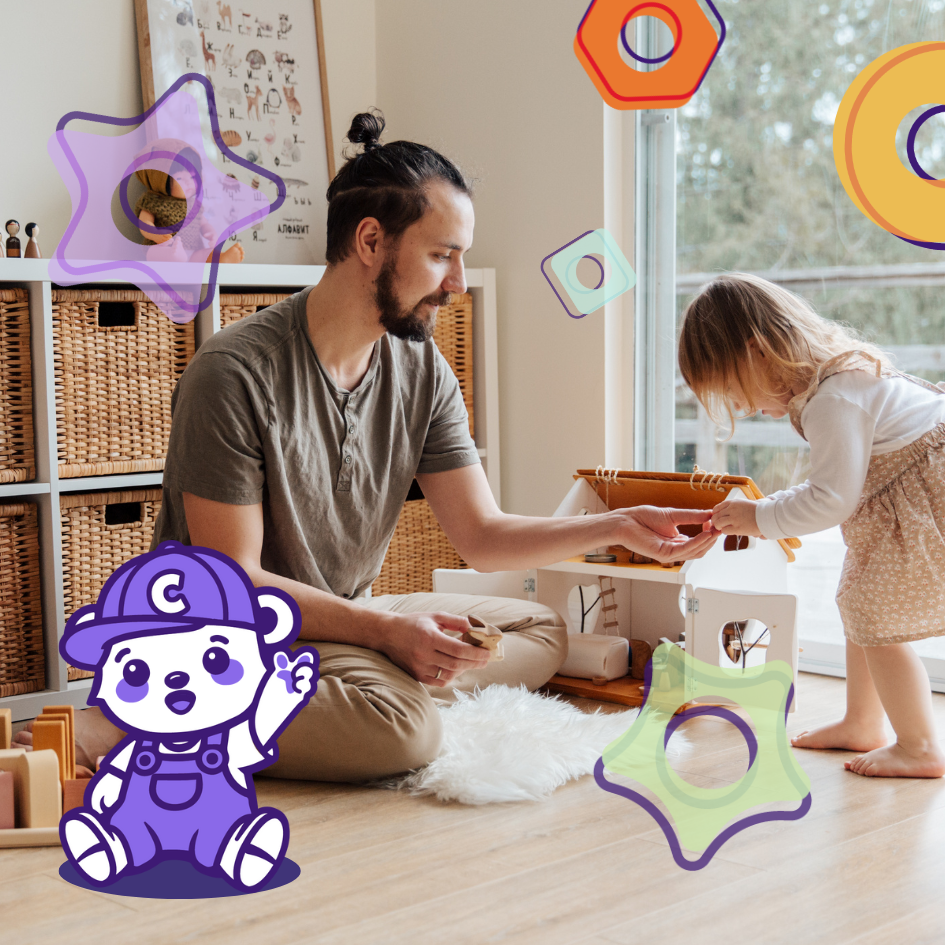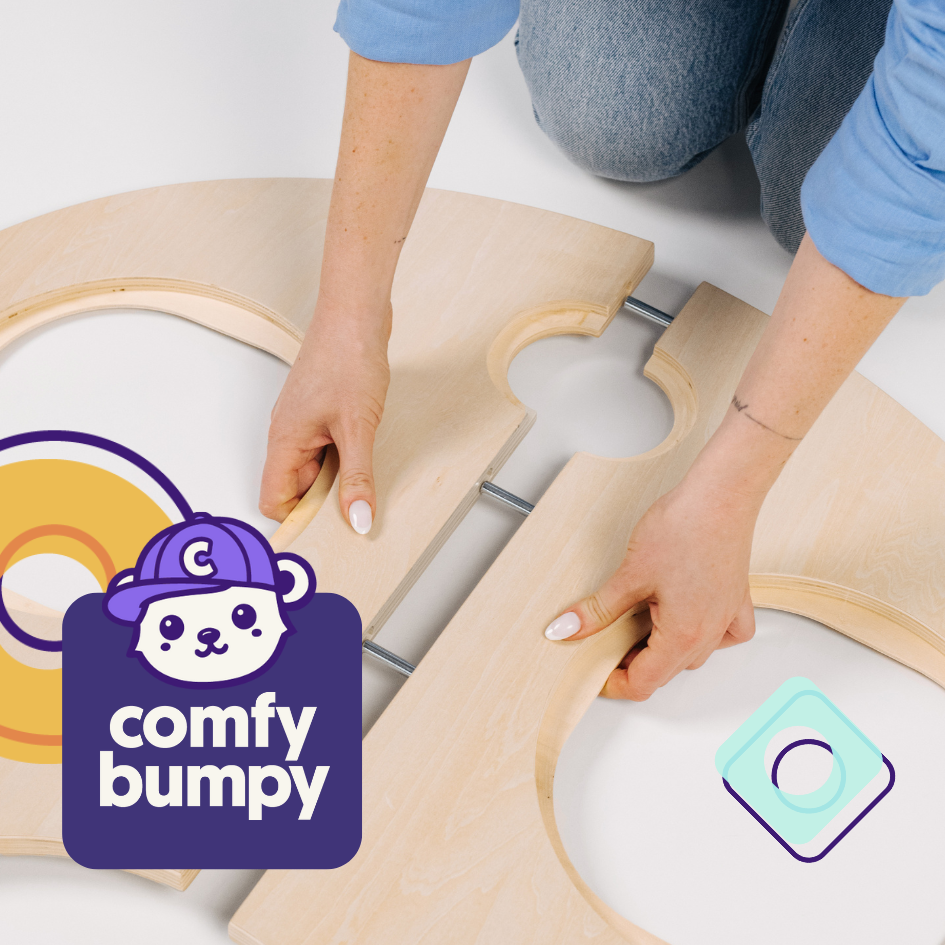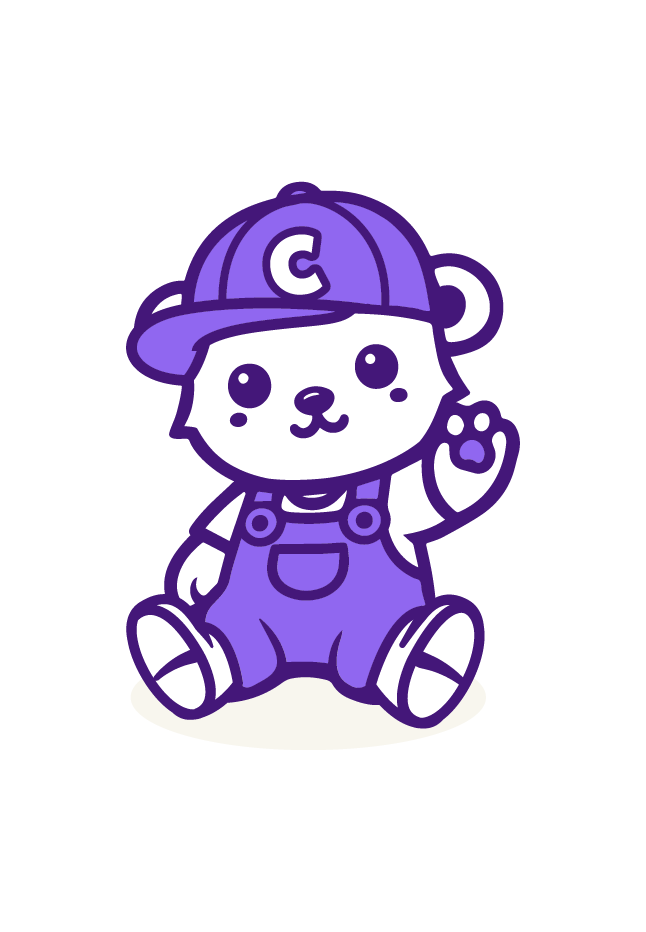Toddler Safety: How To Toddler-Proof Your Child's Bedroom
Once your little escape artist becomes too big for playards and cribs, they’ll want to explore every inch of their environment. Chances are, their primary hunting grounds will be their bedrooms.
When Should I Start Toddler-Proofing?
This is a loaded question. Every child is different, but all of them need proper protection from danger. While more precocious children might be determined to find adventure in every corner of their bedroom, others might be more content to stay in their crib.

Monitor your child, and begin the toddler-proofing the moment their curiosity begins ramping up. They might begin attempting crib escapes, wandering their bedroom, or getting into trouble during playtime. It’s better to begin the proofing process early, just in case.
Why You Should Toddler-Proof Early
If they’ve already figured out how to climb out of their crib, or seem determined to master the art of escaping, it’s better to prepare for the inevitable and begin toddler-proofing their bedroom.

Even if you think you can contain them, they might defy your expectations and get into trouble. Better to be safe than sorry, and start protecting them from household dangers. The last thing you want is to wake up in the night and find out they’ve gotten themselves into trouble.
Getting Ready
Before you can begin toddler-proofing your child’s bedroom, you have to know what to hide, what to bolt down, and what to lock up. You also need to purchase certain things, like outlet covers, locks, and other child-proofing materials.
Depending on what you have in your house, you might also need some other tools. Before you hit the store, though, you should get the full picture. If you don’t know the full scope of what needs to be done, this process might take much longer than necessary, and you might miss something important.

Put yourself in your toddler’s shoes. If you were a curious child, what would you want to mess with, and what might harm you? While you shouldn’t be overly paranoid, you should try to think outside the box and get a good idea of what needs to be toddler-proofed.
Sit down on the floor to get on their level, and jot down any potential dangers into your notebook. You can also mark down what you might need to nullify those dangers. If you want a checklist to follow, here’s a quick guide to help you find what you need to proof.

Step-by-Step Toddler-Proofing
Depending on the room and what you have in it, toddler-proofing can be an intense process. If you’re not sure how to start, here’s a guide to help you start covering your bases. While every bedroom is different, there’s some general things you should look out for.
Bed
Your child’s bed is going to be where they’ll spend half their time. For that reason, it needs to be a safe, comforting place. If they still have their crib, you can try installing additional measures to keep them from escaping. Crib tents are a good choice -- though some precocious children might consider this a small hurdle.
If your child is determined to leave their crib behind, you can try talking to them about moving to a big-kid bed. However, this is a process that needs to be done carefully, and you and your child might not be ready to make that big change just yet.
 For children that already have a big-kid bed, or have just recently made the transition, a ComfyBumpy bed-rail can keep them from falling out and hurting themselves in the night. The security of a rail also makes them feel more secure, especially if they feel anxious about moving from a crib to a bed.
For children that already have a big-kid bed, or have just recently made the transition, a ComfyBumpy bed-rail can keep them from falling out and hurting themselves in the night. The security of a rail also makes them feel more secure, especially if they feel anxious about moving from a crib to a bed.
Furniture
Now that your little explorer is making their way around their room, they’ll want to get their hands on everything they can. This includes dressers, changing tables, and chairs. If you have heavy furniture in the room, make sure it’s secure.
Your child should be able to put their full weight against it, and pull without dislodging it. If they can push or pull the furniture down, this can lead to serious injury. Furniture brackets and bolts can lock these fixtures to the wall and prevent accidents.
You should also install locks on drawers to prevent pinched fingers and messes. If any of the furniture has corners at head-height, you should also make sure the edges and corners are outfitted with covers.
Electrical Outlets & Cords
Electrical outlets and cords are a more modern hazard, but a very dangerous one. Simple outlet covers might not fly with your child, especially if they’ve witnessed you pulling them out. Children are problem-solvers, and they might be able to pull out the plastic with no problem.
Instead, invest in full coverage locks for your outlets, and cases for your extension cords. You can find these online, or in many baby supply stores.
Windows & Blinds
We’ve all heard horror stories about babies choking or injuring themselves on shade cords. Drapery can also pose a risk, especially if your child grabs it and pulls down the curtain rod. Floor-length curtains and dangling cords are a big-no, so make sure to pin them up out of reach, or purchase a child-proofing product to prevent hazards.
You should also child-proof the window itself. Make sure your child cannot open the window, or shut it on their fingers. Guard rails, window mesh, and stoppers can prevent your child from messing with the window. Even if you live on the first floor, this is an important step. Locks aren’t enough, especially if your child is smart enough to undo them!
Toys
You probably already know to check your child’s toys for choking hazards, but you should also consider tripping hazards as well. If your child has learned to walk, or is in the process of learning, they might stumble over their toys in the dark.
It’s recommended that you put away certain toys during the night, and leave out things like stuffed animals and teething toys. If your child is determined to play during the night, you might not be able to stop them -- but you can make sure they’re safe.

However, make sure your storage location is low to the ground and out-of-sight. Taking them to another room might upset your child, while putting them up high might tempt them to do something dangerous. Lockable toy chests are a great option, since your child will know where they are, but not feel tempted by them.
Doors & Gates
Lastly, you should focus your attention on the doors to your child’s room. Doorknob locks and lever covers can prevent them from opening the doors, while pinch-guards can prevent them from hurting their little fingers.
If you want your toddler to have access to your room just in case of a nightmare, you should make sure the hallway and stairs are safe for them to access. Door locks and baby gates can prevent them from falling down the stairs or getting into the bathroom.

Take Inventory
Once you’ve gotten a good look at their bedroom and proofed what you can, you can start taking inventory. Are you missing things? Do you need some tools to finish child-proofing? Were you given childproofing products at your baby shower? Do you have any left over from your previous baby? Do you have any friends that might be willing to pass theirs along?
Friends might be willing to pass along or recommend doorknob locks, corner covers, and pinch prevention. Once you’ve gathered up some tools, you can begin making a shopping list.
Making Your Shopping List
If you’re on a time crunch, you might not have time to order things online and find exactly what you need. That’s why it’s best to begin child-proofing early, so you can spend less and rest easy.
You can find a number of products online, especially specialty items like safety brackets and power strip covers. Once these products have arrived at your house, you can set them aside until you need them, or install them just in case.
Whether you’ve already written a shopping list, or just want some suggestions to fill in the gaps, here’s some things you should consider adding:
- Furniture brackets
- Covers for table corners
- Pinch-protectors for doors
- Doorknob and drawer locks
- Power strip & outlet covers
- Cord shorteners
- Window guards
- Baby gates
Test-Run!
Once you’ve bought and installed any extras, you can start testing your child’s room for flaws. Even if you’re sure that every base is covered, your child might surprise you by what they can do!
For that reason, it’s best to have a few supervised test-runs. This gives your child an opportunity to familiarize themselves with their new child-proofed room, explore their surroundings, and see what else they can get into. If they find a flaw in your plan, you can patch it up immediately and set your own mind at ease.
For example, you might have forgotten to lock away the baby powder in their changing table. Because you had a supervised test-run, you were able to intercept your toddler before they made a mess.
This also gives you a chance to admire your work. There’s no need to be humble -- give yourself a pat on the back and enjoy the sight of your child’s safe environment. If things go well, they’ll be spending a lot of happy hours here!

Do you know of any miracle baby-proofing products? Have tips for a first-time mother? Want to share a humorous story about your experience toddler-proofing your child’s room? Share them below -- it takes a village to raise a child, and every bit of insight helps.









Leave a comment